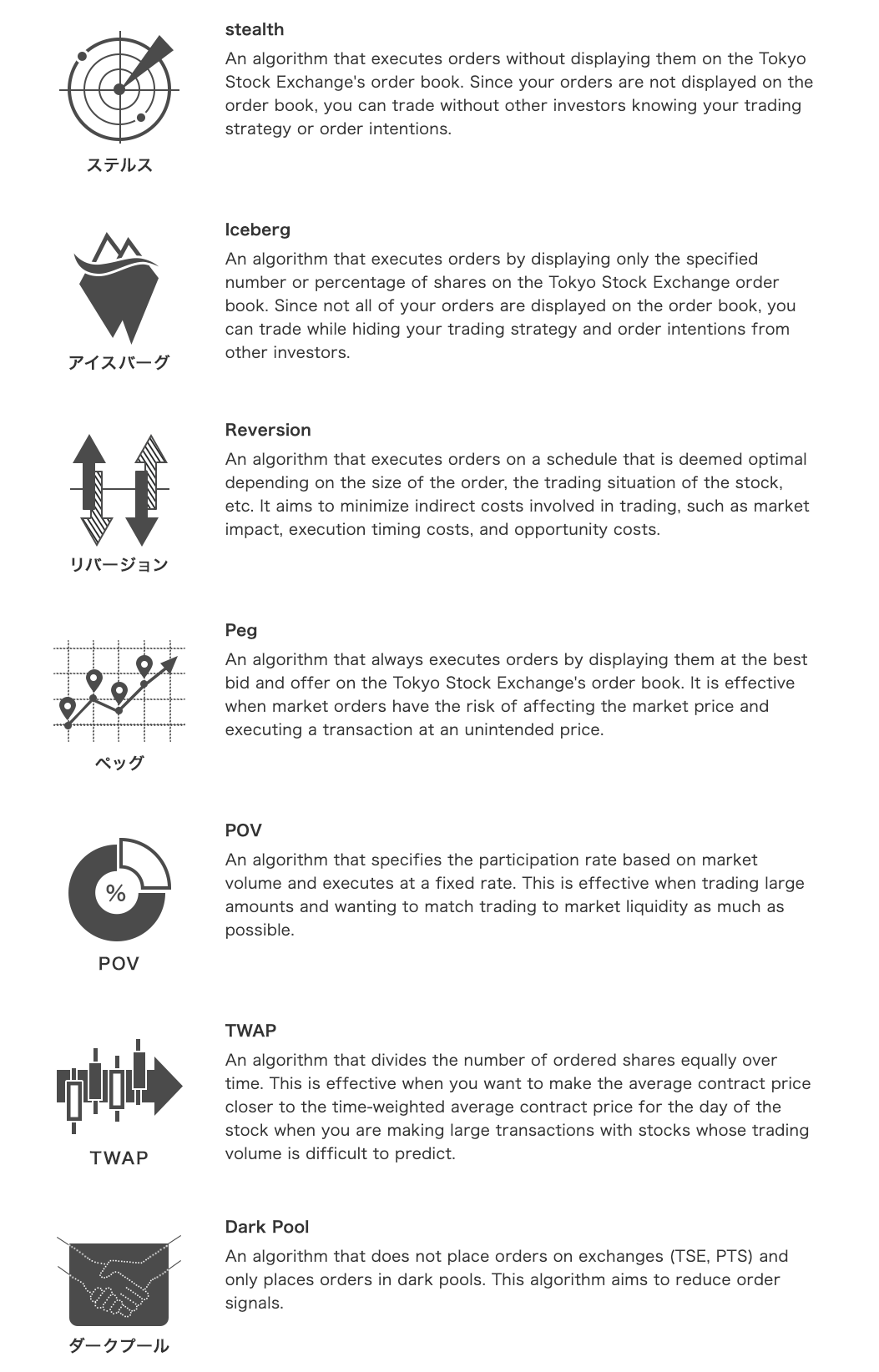Did you know that some traders prefer to operate in the shadows, where the big players play? This article dives into the world of dark pools and their relevance in day trading strategies. We'll explore whether dark pools are commonly used in day trading, how they affect trading strategies, and the accessibility for day traders. You'll learn why some traders opt for these hidden venues, the associated risks, and their impact on market liquidity. We also address the legal aspects, price advantages, and execution speed of dark pool trades, as well as how they differ from public exchanges. Finally, we’ll discuss the tools available for monitoring dark pool activity and their influence on market volatility. Keep reading for insights that can enhance your trading approach with DayTradingBusiness!
Are Dark Pools Commonly Used in Day Trading?
Dark pools are rarely used directly in day trading strategies. They’re mainly for institutional investors executing large trades without impacting the market. Day traders prefer public exchanges for quick, transparent access to price movements. Using dark pools for day trading isn’t practical, as they lack real-time visibility and quick execution needed for short-term trades.
How Do Dark Pools Affect Day Trading Strategies?
Dark pools are rarely used directly in day trading strategies because they’re private, low-latency venues for large institutional trades, not for retail traders. However, their activity can influence market prices and liquidity, which day traders monitor for quick moves. Large trades in dark pools can signal institutional interest, potentially leading to price swings that day traders capitalize on. Overall, dark pools indirectly impact day trading by affecting market sentiment and liquidity, but they aren’t a primary tool for executing day trades.
Can Day Traders Access Dark Pools Directly?
No, day traders typically cannot access dark pools directly. Dark pools are private trading venues used mainly by institutional investors to execute large orders discreetly. Day trading strategies usually rely on public exchanges and real-time market data, not dark pools.
Why Do Some Day Traders Use Dark Pools?
Some day traders use dark pools to access large, hidden liquidity without impacting the market, allowing them to execute big trades discreetly. Dark pools help avoid price swings caused by large orders in public markets, giving traders a stealth advantage. They can also find better prices and reduce slippage when executing high-volume trades. However, day traders typically rely on public exchanges for quick, transparent execution, but they may use dark pools to quietly enter or exit positions when size and anonymity matter.
What Are the Risks of Using Dark Pools in Day Trading?
Dark pools are rarely used in day trading because they’re designed for large institutional trades, not quick, small-position trades. Using dark pools risks less transparency, making it harder to see real-time price movements, which can lead to missed opportunities or sudden slippage. They can also cause price distortions, as large orders hidden from public view might move the market unexpectedly when revealed. Relying on dark pools may lead to less control over entry and exit points, increasing the chance of unfavorable fills. Overall, dark pools pose liquidity and transparency risks that make them unsuitable for typical day trading strategies.
How Do Dark Pools Impact Market Liquidity for Day Traders?
Dark pools don’t directly impact day trading liquidity because they’re private and don’t show up in real-time order books. However, they can influence overall market liquidity indirectly by reducing the amount of visible trading activity, which can lead to less transparency and increased spreads. For day traders, this means less clarity on supply and demand, making it harder to gauge true market conditions. While dark pools are mainly used by institutional investors, their activity can still cause price swings that affect short-term trading decisions.
Are Dark Pools Legal for Day Trading?

Dark pools are legal but primarily used by institutional traders, not individual day traders. They are private trading venues for large orders, making them less accessible for typical day trading strategies. While some day traders might analyze dark pool activity as part of market insights, executing trades directly in dark pools is generally restricted to institutions.
Do Dark Pools Offer Better Prices for Day Traders?
Dark pools are not typically used in day trading strategies because they are private exchanges designed for large institutional traders to execute big orders without moving the market. Day traders rely on public, transparent markets with real-time price updates, which dark pools lack. Using dark pools could lead to less transparency and worse prices for day traders aiming for quick, small profits.
How Do Dark Pools Differ from Public Exchanges?
Dark pools differ from public exchanges because they’re private trading venues where large orders are executed without revealing details to the market. Unlike public exchanges, dark pools avoid showing order sizes and prices until after the trade completes, reducing market impact. Day traders typically avoid dark pools since they focus on quick, transparent trades, while institutional investors use dark pools to discreetly move big blocks of shares.
Can Dark Pools Help Reduce Market Impact for Day Trades?

Dark pools aren’t typically used in day trading strategies because they’re designed for large institutional trades, not quick, small-volume trades. They help institutions hide big orders to avoid market impact but don’t offer the speed or transparency day traders need. Using dark pools for day trading wouldn’t reduce market impact effectively since trades are executed privately and aren’t as quick or accessible for individual traders.
Learn about How Do Dark Pools Impact Market Fairness?
What Are the Disadvantages of Using Dark Pools in Day Trading?
Dark pools limit transparency, making it hard to see market impact, which can lead to less informed trading decisions. They can cause price disparities between dark pools and public markets, increasing the risk of sudden price swings. Using dark pools might delay execution or result in less favorable prices due to lack of real-time visibility. Traders can face higher costs because dark pools often charge fees, and there's potential for less liquidity, making it harder to exit positions quickly. Overall, dark pools can obscure market movements, increasing unpredictability for day traders.
Learn about What Is the Future of Dark Pools in Day Trading?
Do Dark Pools Provide Faster Trade Executions?
Dark pools typically don’t provide faster trade executions than public exchanges. They are designed for large institutional trades to minimize market impact, not for rapid, small-scale day trading. Day traders usually rely on public markets for quick order fills and real-time price movements.
How Do Dark Pools Affect Price Discovery in Day Trading?
Dark pools are rarely used directly in day trading strategies because they’re private, institutional trading venues that don’t reveal order details immediately. They can influence overall market prices indirectly by executing large trades away from public exchanges, which might impact the price when the information eventually leaks out. For day traders, dark pools typically don’t offer actionable insights or faster access; instead, they add a layer of opacity to how prices are discovered in the broader market.
Learn about How Do Dark Pools Affect Day Trading?
Are There Regulations on Using Dark Pools for Day Trading?
Yes, dark pools are regulated, but not specifically for day trading. They are private exchanges overseen by the SEC, primarily for institutional trading to reduce market impact. Day traders can access dark pools indirectly through brokers, but using them for quick, speculative trades is limited and monitored to prevent abuse. Regulations focus on transparency and fair trading rather than banning dark pool use in day trading.
Learn about What Is the Future of Dark Pools in Day Trading?
How Can Day Traders Detect Dark Pool Activity?

Day traders detect dark pool activity by monitoring unusual volume spikes and price movements that don’t match public exchanges. They use specialized tools like dark pool scanners, level II quotes, and order flow analysis to see large, hidden trades. Watching for sudden changes in bid-ask spreads or large block trades can also reveal dark pool activity. Some traders follow dark pool data providers or use trading platforms with dark pool indicators integrated.
Learn about How Can Day Traders Benefit from Dark Pool Data?
Do Institutional Traders Use Dark Pools More Than Retail Traders?
Yes, institutional traders use dark pools more than retail traders. They rely on dark pools to execute large orders discreetly without impacting the market, unlike retail traders who mostly trade through public exchanges. Dark pools offer anonymity and better pricing for big trades, making them essential for institutional day trading strategies involving high volume.
Learn about Are Dark Pools Only for Institutional Traders?
What Tools Are Available to Monitor Dark Pool Trades?
Tools to monitor dark pool trades include FINRA's Alternative Trading System (ATS) reports, Nasdaq’s Dark Pool Data, Bloomberg Terminal, Thomson Reuters Eikon, and TradeAlert. These tools provide real-time and historical data on dark pool activity, helping traders see large, hidden trades that can influence market moves.
Is Dark Pool Trading Suitable for Beginners?
Dark pool trading isn't suitable for beginners. It involves large, anonymous trades that can significantly impact prices, requiring experience and advanced strategies. Day traders rely on quick, transparent markets; dark pools lack the visibility needed for timely decisions. Using dark pools without proper knowledge risks unexpected losses and market confusion.
Learn about Is Dark Pool Trading Suitable for Beginners?
How Do Dark Pools Influence Overall Market Volatility?
Dark pools reduce public market volatility by hiding large trades, preventing sudden price swings. They allow institutional investors to execute big orders quietly, avoiding market impact that can cause sharp price movements. While they can lessen volatility temporarily, heavy use of dark pools might lead to less transparency and potentially increase overall market instability. In day trading strategies, dark pools are less directly used, but their activity influences price movements and liquidity in the broader market.
Learn about How Do Dark Pools Impact Market Fairness?
Conclusion about Are Dark Pools Used in Day Trading Strategies?
Incorporating dark pools into day trading strategies can offer both advantages and challenges. While they provide opportunities for reduced market impact and potentially better prices, they also carry risks such as lower transparency and regulatory scrutiny. Understanding how dark pools operate and their effects on market liquidity is essential for day traders looking to navigate this complex landscape. For those seeking to enhance their trading knowledge, resources from DayTradingBusiness can provide valuable insights and guidance on effectively utilizing dark pools in their trading practices.
Learn about Understanding Dark Pools and Their Effect on Day Trading Liquidity
Sources:
- Occasional Paper Series. Dark Pools in European Equity Markets ...
- Volatility and dark trading: Evidence from the Covid-19 pandemic ...
- Banning dark pools: Venue selection and investor trading costs ...
- Does the bid–ask spread affect trading in exchange operated dark ...
- Do Dark Pools Harm Price Discovery?